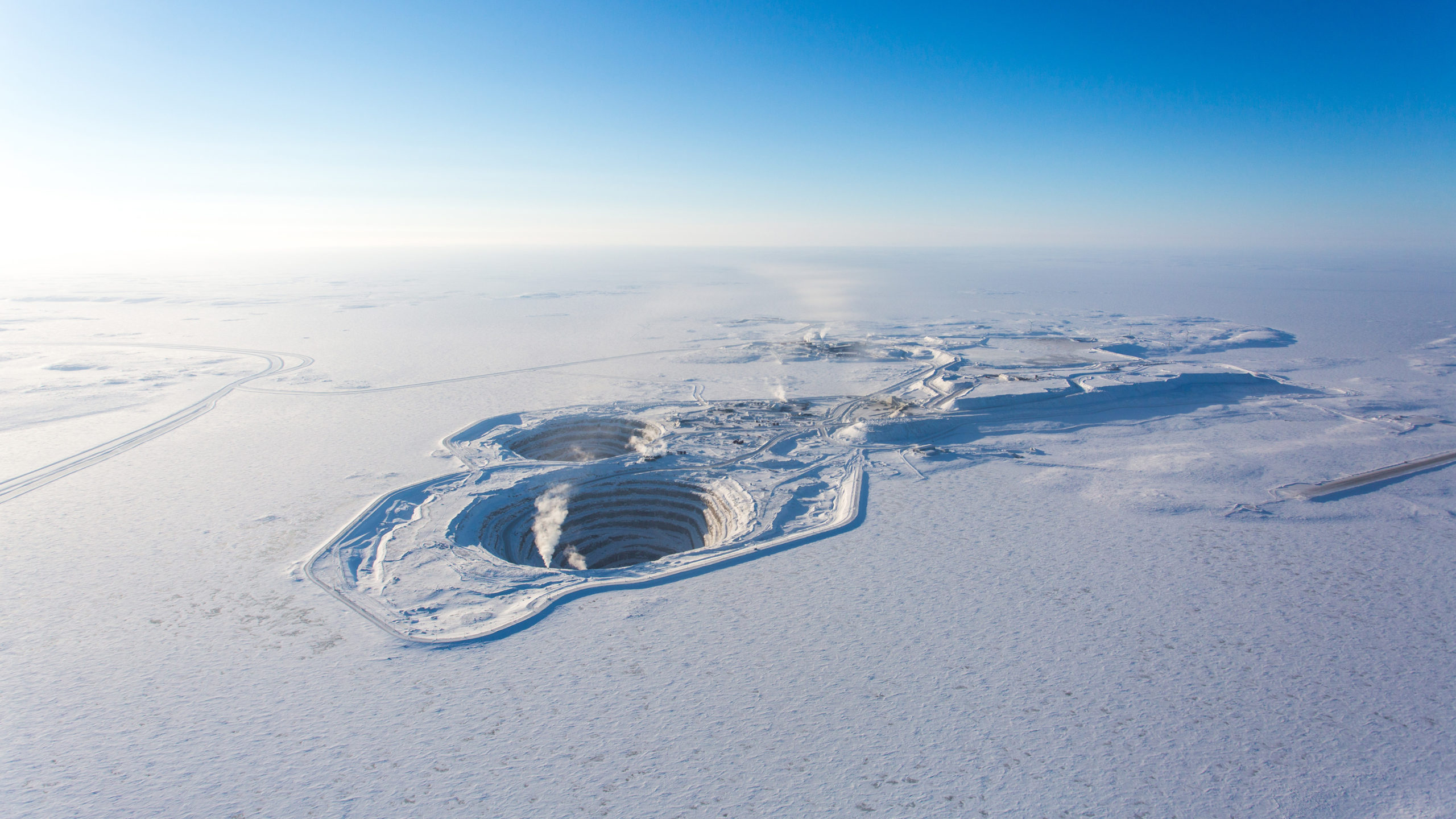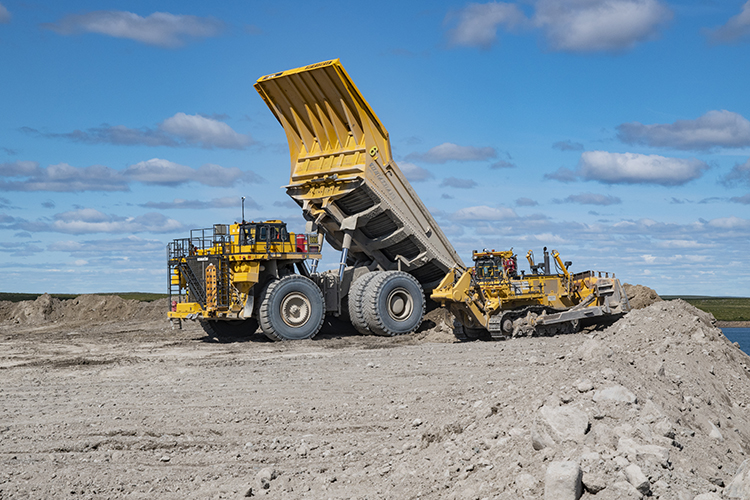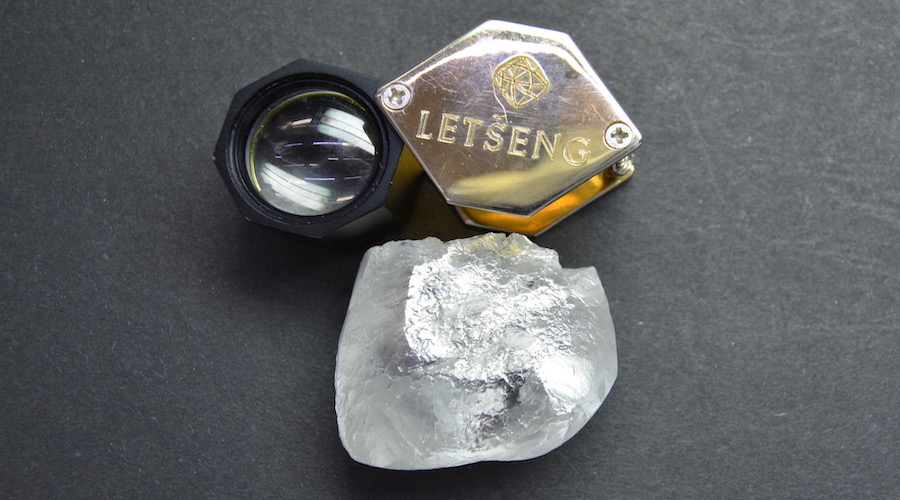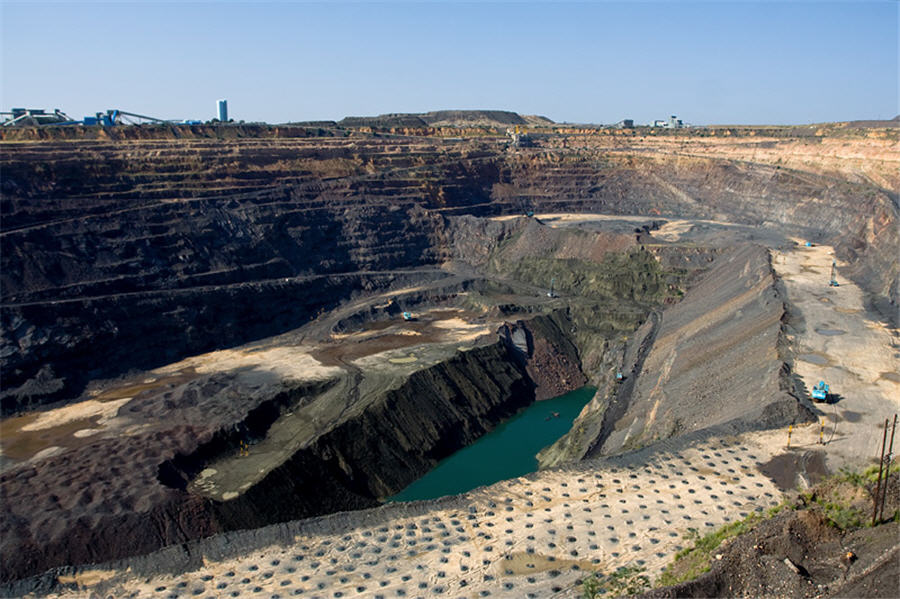Rio Tinto (RIO-N, RIO-L) has decided to hang onto its diamond assets after all, concluding a strategic review of the business that the miner began in March 2012.
The company considered selling the assets, or spinning off the diamond business into a separate public company. Rio’s diamond assets consist of the Argyle mine in Australia, a 60% stake in the Diavik mine,, in the Northwest Territories, 78% of the Murowa mine in Zimbabwe and the advanced Bunder project in India.
In a press release, Rio’s Diamonds and Minerals division CEO Alan Davies pointed to “robust” medium to long term fundamentals for diamonds, underpinned by growth in luxury goods in Asia and continued strong demand in North America.
“We have valuable, high quality diamonds businesses that are well positioned to capitalize on the positive market outlook,” Davies said. “After considering a number of alternative strategic ownership options it is clear the best path to generate maximum value for our shareholders is to retain these businesses.”
BMO Research estimates that Rio’s diamond division will account for only 1% of the diversified miners' earnings this year, contributing US$200 million to EBITDA (earnings before interest, taxes, depreciation and amortization).
In a note to clients, mining analyst Tony Robson wrote that Rio’s change of heart may have been prompted by receiving disappointing offers for its mines.
“The backtrack suggests Rio may have been unhappy with the valuations offered and, prudently, would prefer to hold onto its assets rather than sell at a discount,” Robson wrote in a note.
After overpaying for assets in previous years, the company announced a US$14-billion write-down earlier this year, and has been marketing some of its non-core assets to strengthen its balance sheet.
Rio’s 40% partner at Diavik, Dominion Diamond (DDC-T, DDC-N) (formerly Harry Winston Diamond), has a right of first refusal on the asset, which Robson suggests may have limited interest in the business. Dominion CEO Bob Gannicott has made it clear that his company, which completed the purchase of BHP Billiton’s 80% stake in the nearby Ekati mine earlier this year, is interested in consolidating ownership of Diavik.
BMO mining analyst Edward Sterck estimated that the acquisition of Rio’s stake in Diavik would have increased Dominion’s net present value by roughly 25%, but noted that the purchase would have required it to take on substantial debt and may have strained the company’s resources coming so soon after the Ekati acquisition.
“As such, whilst acquiring Diavik would have provided an opportunity, management can now focus on the operation of Ekati and the studies for extending Ekati’s mine life beyond 2019,” he wrote in a note to clients.
In addition, Rio may now have the incentive to invest in further development of Diavik. In April, the partners announced that development of the A-21 kimberlite, the final pipe in Diavik’s mine plan, was being deferred because kimberlites currently being mined have been extended at depth. A-21 will cost about US$500 million to develop.
Sterck has an “outperform” rating on Dominion, which recently traded at $14.63, and a target price of $20.
Robson has an “outperform” rating on Rio Tinto, which recently traded at £25.82 in London, and a target price of £45.
To read more Northern Miner articles, click here





Comments